Hallways, courtyards, and other common areas in a school used to be forgotten space. It wasn’t thought that they could serve any purpose other than getting students from one place to the next or giving people a place to wait.
In the 21st century, learning happens everywhere. That is especially true on school grounds, where technology allows students to work, collaborate, and connect anywhere.
TIME TO ENVISION: When you zone areas, you are prescribing the kinds of activities that can and should take place there.
These extended learning areas take many forms:
Touchdown Spaces
Touchdown spaces can take the form of a cubicle or desk. They provide an individual student a place to work without having to go to the media center or other space. With devices and laptops, students can be inspired with new ideas anywhere. Having the ability to get right to work is valuable for their creativity. Touchdown spaces tend to be secluded and allow for minimal distraction.
Breakout Spaces
Breakout spaces are areas within common spaces where a small group of students can gather to collaborate. The benefits are that a group doesn’t have to take up a classroom for their meeting and can have some relative privacy compared to working at a table in the courtyard or media center. These spaces usually feature a table, chairs, and various connectivity options, but any furniture that supports small group collaboration is perfectly acceptable. In Silicon Valley, you see these spaces ringed with glass walls, which is certainly possible in a school’s common areas. Movable glass walls are also an option.
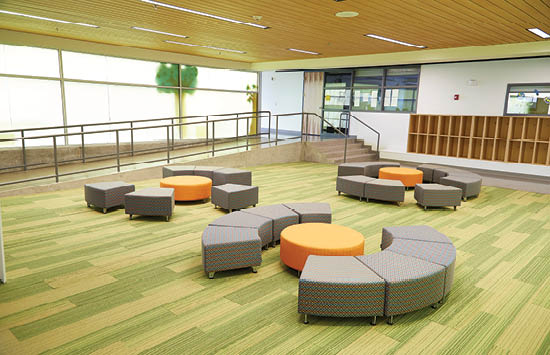
George I. Sanchez Collaborative Community School – Albuquerque, NM
Campfire
A campfire is a place where as many as ten students can gather, typically in a circle. The term “campfire” comes from the idea of storytelling when arranged in such a way. A campfire area can be furnished with tables or chairs or as simply as some pillows on the floor. These spaces make great venues for Socratic seminars and other tasks where the discussion is the learning goal.
Watering Hole
The watering hole is an area in which students and teachers gather on equal footing to share news and up-to-date information. Everyone is both teacher and student. There may or may not be refreshments involved, but that tends to be a good strategy to get people to gather. The less formal the watering hole, the more successful it tends to be in building relationships and disseminating information.
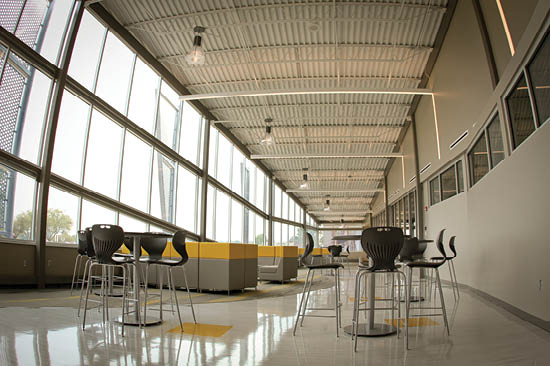
MiEN BFF Stacking Café Stools with F4A Café Tables and MiEN Chameleon Lounge Series Sofas
This may all sound chaotic when in the same physical space, but they are really just examples of zoning an area. When you zone areas, you are prescribing the kinds of activities that can and should take place there. For example, a space mainly for standardized testing would have privacy for each student and the ability to connect a multitude of devices.
With enough space and the right furnishings, all of these zoned areas can be created ad hoc as students and faculty need them.
A small group could wheel over a temporary wall or two, some chairs, and a table and make a breakout space where there wasn’t one before.
This article is from our 2017 Projects by Design Idea Book.
Download your FREE copy of the Idea Book now.
The Idea Book is about one thing – inspiration. Click here to see what other useful articles and information is included in the book.
Download the Idea Book for FREE
Learn More
For assistance with common area layouts and design, visit www.ProjectsByDesign.com.To contact us, please call 800-305-0174 or email projectsbydesign@schoolspecialty.com.

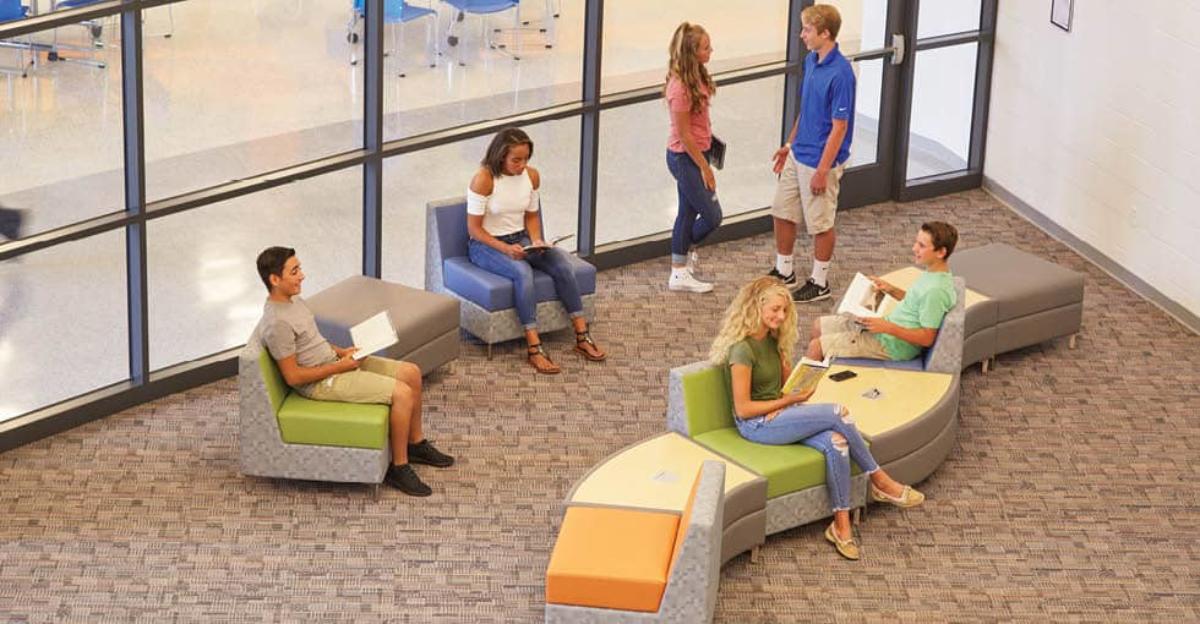
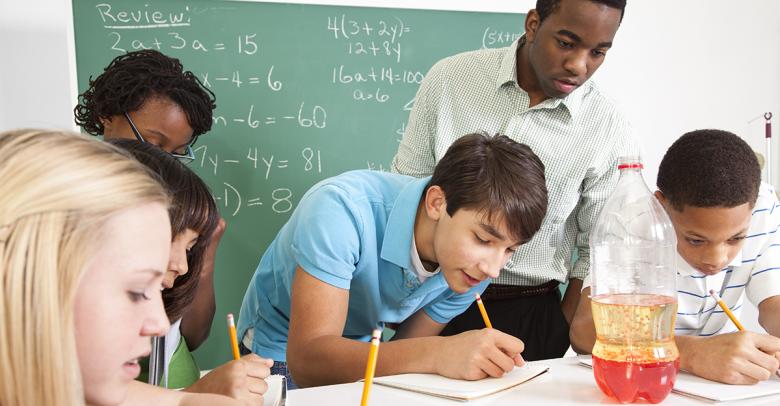


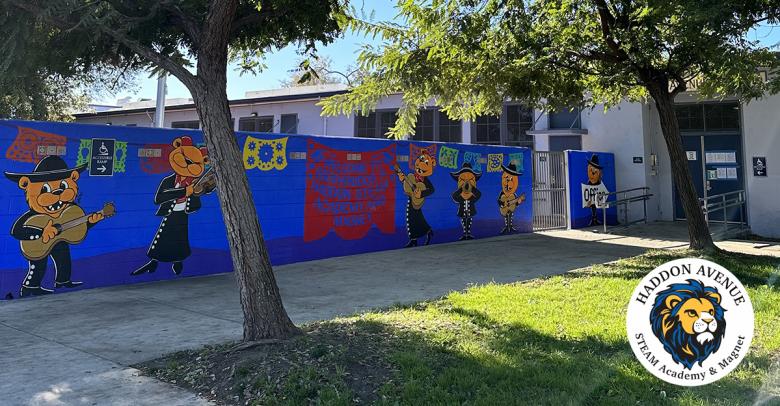
Leave a Reply